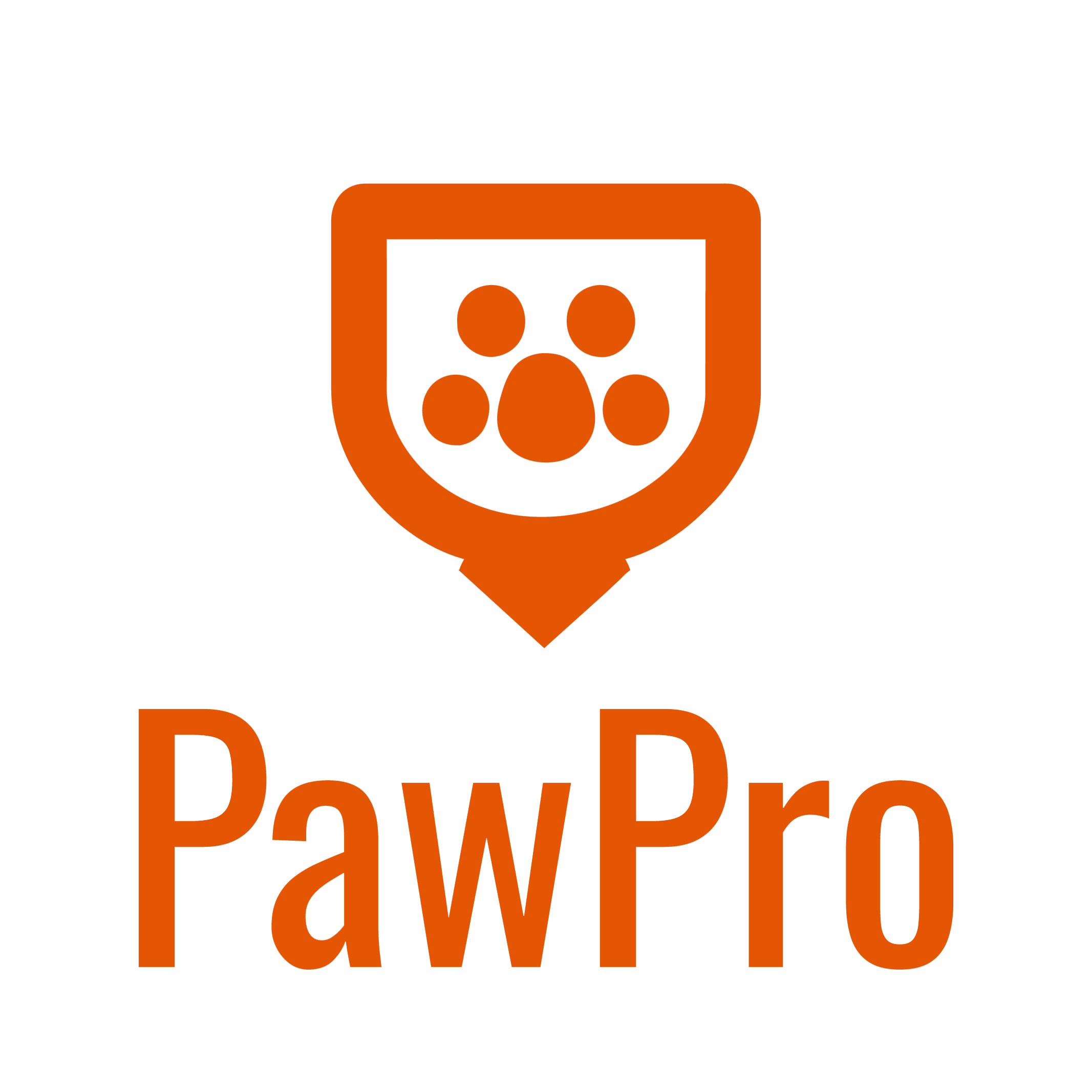Understanding Your Dog’s Dietary Needs
For many dog owners, one of the most common questions is, “How much food should I give my dog?” It’s a valid concern, as overfeeding can lead to obesity and health problems, while underfeeding can result in malnutrition. The answer isn’t a one-size-fits-all solution, as several factors come into play. Let’s dive into them.
1. Age of the Dog
- Puppies: Growing puppies generally require more calories compared to adult dogs. They’re active, playful, and their bodies are developing rapidly. Puppy food is specially formulated to meet these high-energy needs. It’s essential to follow the feeding recommendations on the puppy food label and adjust based on the puppy’s appetite and body condition.
- Adult Dogs: Once your dog reaches adulthood, their energy levels might stabilize. Adult maintenance dog foods are designed for this phase. The amount to feed will depend on their activity level, health, and the type of food you’re offering.
- Senior Dogs: Older dogs may become less active and might require fewer calories. Some senior dogs might also have health issues that require a specialized diet. Consult with your vet to determine the right food and portion for your aging canine companion.
2. Activity Level
A working dog, like a police K9 or a farm dog, will burn more calories than a lap dog that spends most of its day indoors. Dogs that get regular exercise, like daily walks and play sessions, will also need more food compared to sedentary dogs.
3. Type of Dog Food
- Dry Kibble: This is a concentrated source of nutrition. The feeding guidelines on the package can guide you, but always adjust based on your dog’s needs.
- Wet Food: Canned or wet food contains more moisture, which means your dog might need a larger volume compared to dry kibble.
- Raw or Homemade Diets: If you’re offering a raw or homemade diet, it’s crucial to ensure it’s balanced and meets all your dog’s nutritional needs. Consulting a veterinarian or a pet nutritionist can help you determine the right portions.
4. Health Status and Special Needs
Dogs with certain health issues, like diabetes, kidney problems, or allergies, might need special diets. Always consult your vet if your dog has health issues to determine the best diet and portion size.
5. Monitoring and Adjusting
It’s essential to monitor your dog’s weight and body condition regularly. If you notice your dog gaining unnecessary weight, you might be overfeeding. On the other hand, if your dog seems too thin, an increase in food might be needed. Regular vet check-ups can also help you ensure your dog’s diet is on the right track.
Conclusion
Feeding your dog isn’t just about providing sustenance. It’s about ensuring they receive the right amount of nutrients to lead a healthy and active life. Always be attentive to their needs, consult with professionals when in doubt, and make necessary adjustments to their diet as required. Your furry friend’s health and happiness depend on it!




Leave a Reply
Want to join the discussion?Feel free to contribute!